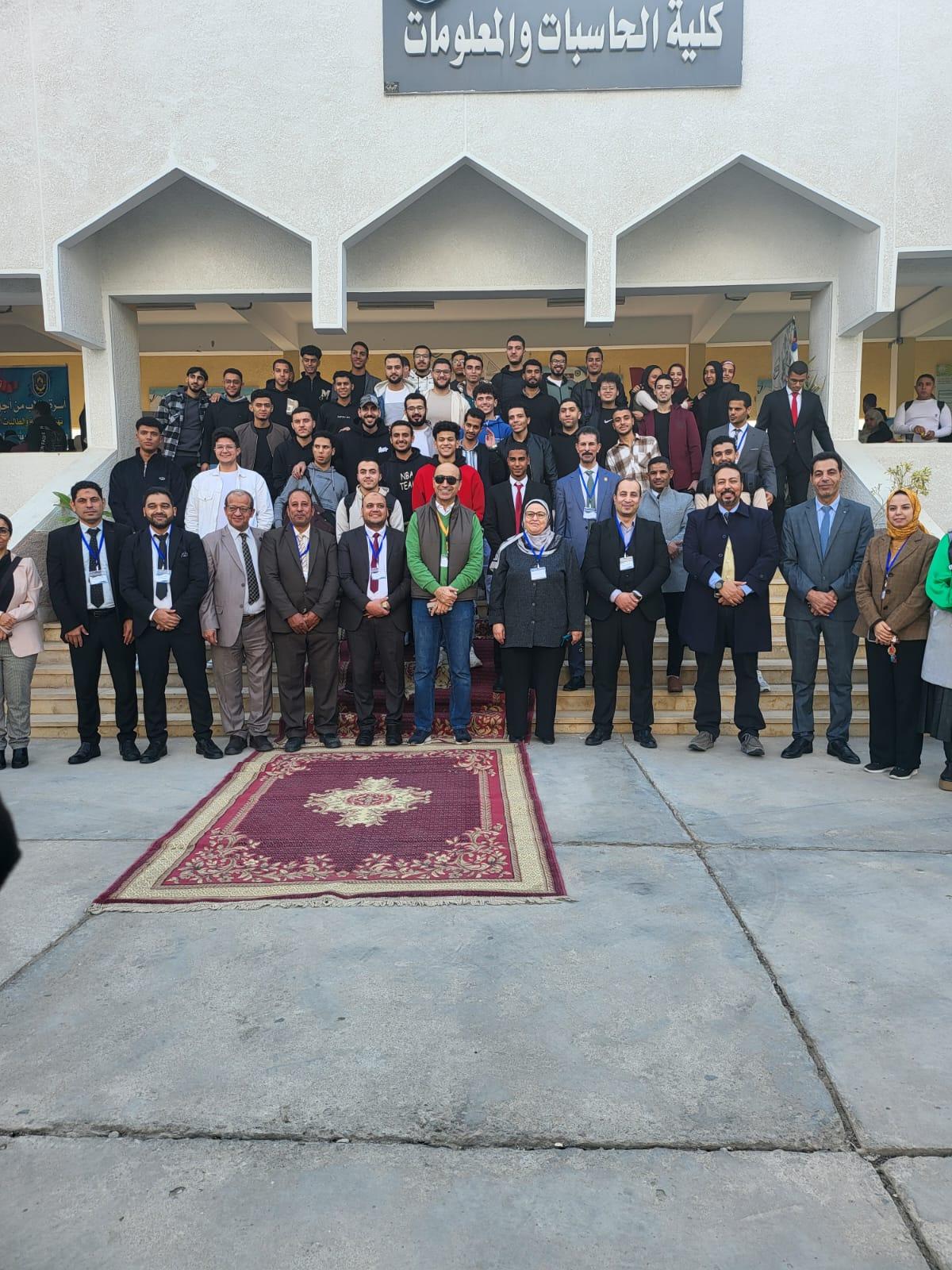By :Adel Gaber,
Sr. Manager – PreSales, Egypt – Dell Technologies
AI is all the rage, but do businesses truly understand it? That is the question.
At the heart of the AI buzz sit some rather big figures. According to a report from PwC, AI will contribute as much as $15.7 trillion to the world economy by 2030. In addition, the Ministry of Communications and Information Technology for Egypt has outlined the National AI strategy to drive increased adoption of AI technologies across government and business.
But the term ‘implementing AI technology’ is quite general and could mean several things. To understand the true scale of adoption we need to go back to the basics, first.
Getting real with the AI basics
As we know, Artificial Intelligence refers to a vein of computer science that deals with algorithms and is inspired by natural intelligence. It encompasses a range of tasks that might normally require natural or human intelligence, for example problem solving, translation, speech recognition and visual perception. We are already seeing the impact of AI across industries whether it’s sourcing a new antibiotic, providing business insights or assisting us in our daily routines through our mobile phones. It does not take the human form and is far from reaching the level of complexity needed to out-pace human intelligence – contrary to popular beliefs lifted from sci-fi classics.
AI can be separated into two categories. The first is most recognisable from sci-fi legends: Artificial General Intelligence (AGI), which is the hypothetical intelligence of a machine that has the capacity to understand or learn any intellectual task that a human being can – cognitive systems. Then, there is Artificial Narrow Intelligence (ANI) which refers to specific aspects of human intelligence and perception like recognition of faces or voices. This is the type of AI we are seeing in action today.
Machine Learning, on the other hand, is a form of AI that uses algorithms to learn from data. Rather than being explicitly programmed, these algorithms build a model based on input and in turn uses the resulting insights to make decisions or predictions. This is the kind of mechanism is used to recommend your next Netflix series, detect spam or credit card fraud. These machine learning models can be developed quickly and relatively effortlessly. However, it takes time to convey precise results while ‘learning’ – but if the data sets change, it will re-train. Machine learning models are only as good as the defining properties applied.
Finally, to refresh the concept, Deep Learning is a type of machine learning that uses layers of neural networks to allow algorithms more freedom – there are no rules. Mapping inputs to classifications more accurately via layers of abstraction is reminiscent of how the human brain functions. Deep Learning defines its own criteria – it does not lean on predefined features or characteristics like machine learning – and learns if it was right or wrong based on its own exploration. Progress in this arena is fuelling the leaps and bounds made in the development of computer vision and speech recognition – but it requires an incredible amount of data and compute power to sustain.
Supporting businesses on their AI journey
Today, these technologies can be found all around us through the automation of everything from targeted advertising to smart home devices. AI is creating better futures in healthcare and machine learning is providing invaluable business insights. AI is not any one thing.
While the power of AI is promising, setting up an AI system is not an easy task. Organizations are struggling to fully optimize the power of AI, as the associated costs are extremely high. The need to enhance the accuracy of AI models has added an additional layer of complexity for businesses. Bigger data sets and more complex AI algorithms have led to an ever-increasing need for bigger, faster, and ultimately, more costly infrastructure.
With the exponential growth in data the business opportunity is ripe, to garner valuable insights and create new, innovative products and services. But one size does not fit all, not all data deserves this treatment – and most importantly of all, AI is only as good as the data it’s fed. So, businesses must get their data in order first and then get to grips with the AI tools available to them.
The interest and desire for business innovation through AI applications is real. With the number of enterprises implementing some form of AI technology increasing, by 2025, AI-powered enterprises will see a 100% increase in productivity and new product introduction success rates that are 25% higher than those of their non-intelligent peers, according to IDC.
With high-performance computing and software combined, launching new AI applications is becoming easier and faster. Technology vendors are helping data scientists focus less on maintaining AI systems and more on experimenting, exploring and uncovering insight.
In short, organizations do not need to walk their AI journey alone. By collaborating and working with end-to-end technology infrastructure providers, organizations can co-design and customize unique IT infrastructures, to meet AI research, development, and AI model deployment needs. By doing so, they will be ready to take the next step forward on their unique digital transformation journey.














































































